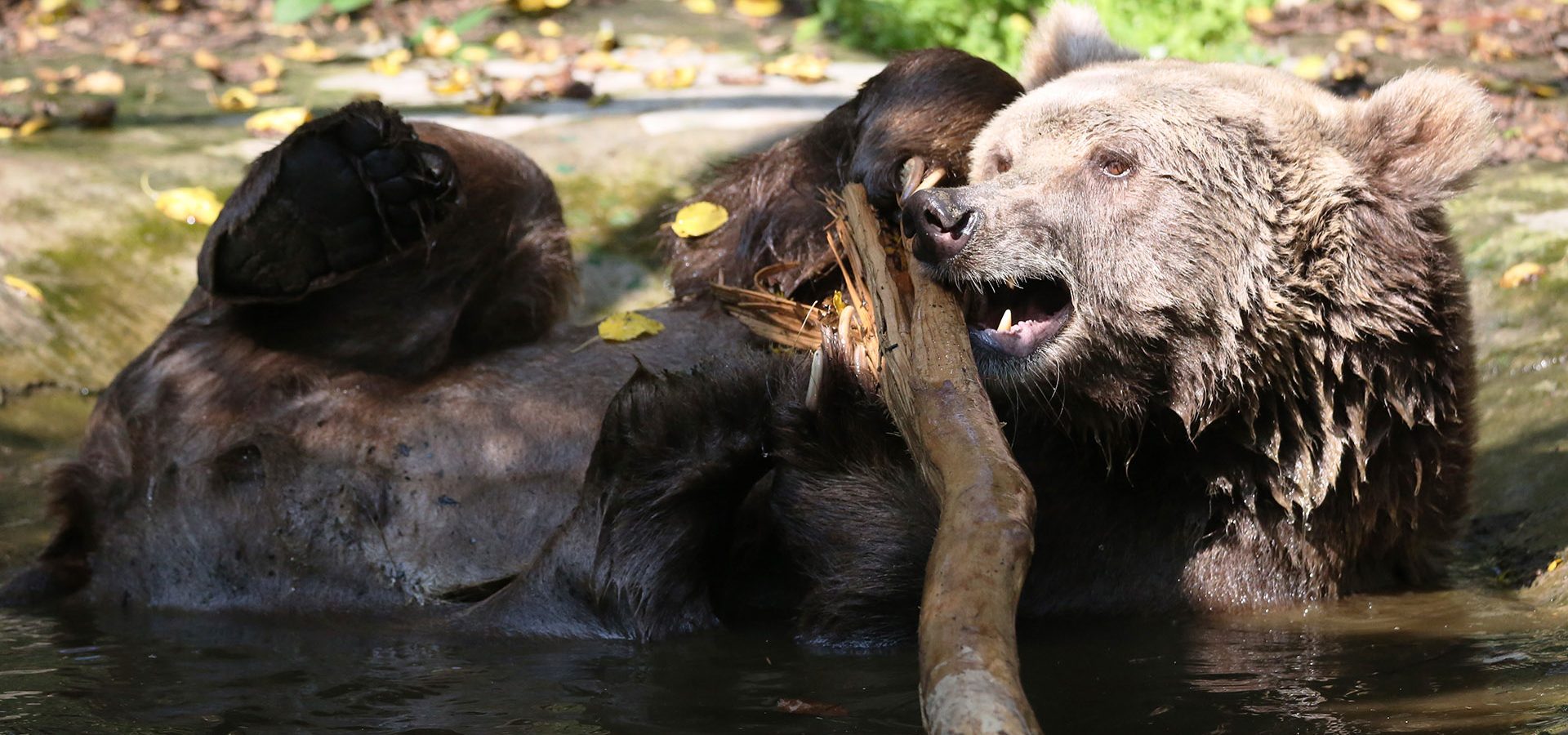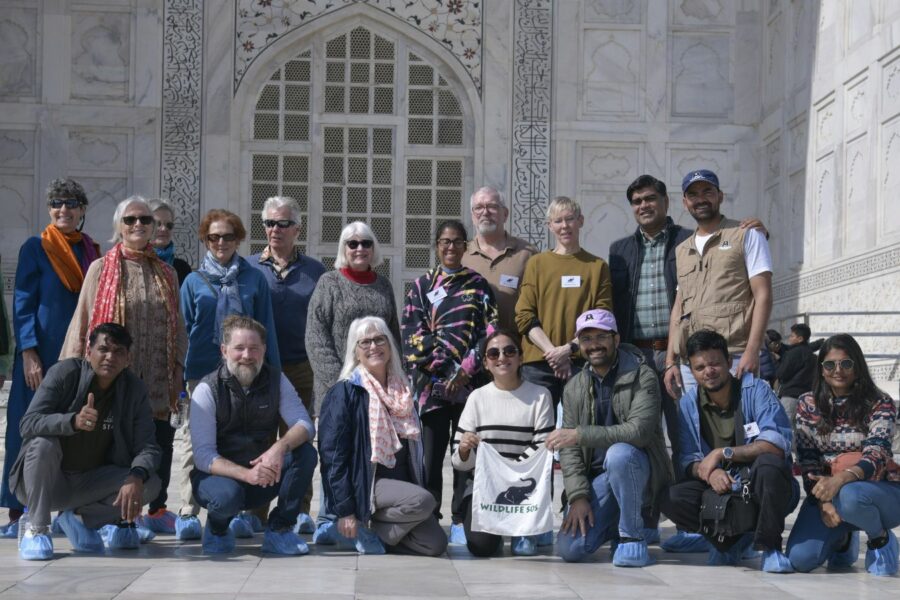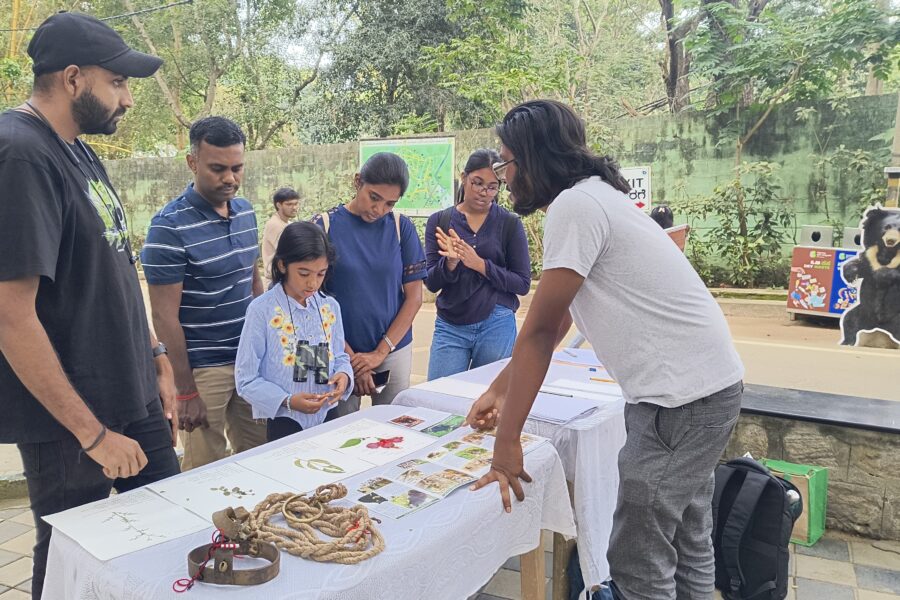The Himalayan Brown Bear, a subspecies of the brown bear, could once only be found in the highest altitudes of the Himalayan range in India, Pakistan, China, Nepal, and Bhutan. Mother nature had given these bears all the tools needed to flourish in the cold. They would dig cozy caves with their long claws and hibernate in there for most of the winter. Living off stored fat, these bears would go through winter with their heartbeats slowed down to 10 beats per minute. As spring approached, the bears would come out of their caves and feed on grasses, roots, and other plants, as well as insects and small mammals.
For centuries, this was the predictable behavior of a Himalayan Brown Bear; Until habitat degradation due to mindless development and tourism disrupted their harmonious lives. Forced out of their natural habitats, these bears started venturing into lower altitudes, closer to human settlements, competing for space and food. Today, Himalayan brown bears are almost on the brink of extinction due to rapid habitat loss, man-bear conflict situations, and poaching for their fur, claws, and organs.
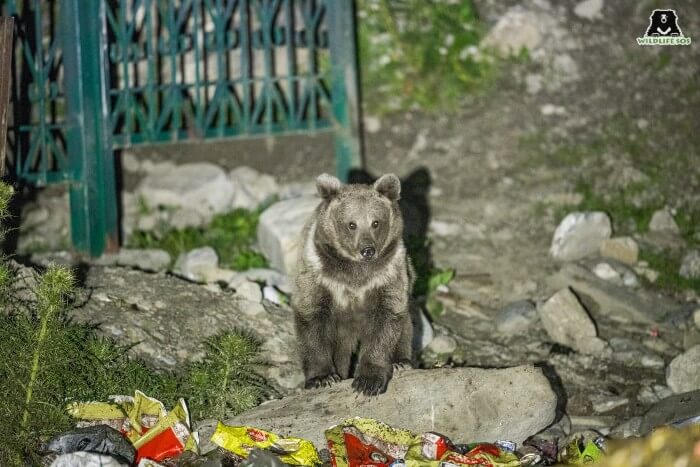
Determined to preserve this ancient bear species and restore the harmony of the natural world, Wildlife SOS initiated the revolutionary Himalayan Brown Bear Survey in Kashmir. Authorized by the Wildlife Protection Department, the research focuses on the feeding behavior of the bear and its interface with humans. Its findings, set to be published in the coming months, can equip us with the tools to understand and preserve these mighty creatures.
The study area for this survey is none other than Kashmir’s “golden meadow,” Sonamarg. Surrounded by the enigmatic peaks of Amarnath, Sirbal, and Kolhoi mountains, Sonamarg is a sight to behold. It is also an essential brown bear habitat where human conflict with the brown bear has risen. The rapid development of the area and increased tourism has significantly disrupted the habitat of the Himalayan brown bear, forcing it to venture close to human habitation for survival. Numerous bears started relying on trash and food waste generated by humans at campsites, hotels, and restaurants for sustenance.

In 2018, Wildlife SOS rescued and rehabilitated Sebastian, a Himalayan brown bear that lost its ability to survive in the wild due to its dependence on raiding. Merely three years at the time of his rescue, Sebastian was found frequently preying on livestock and raiding crop fields and even garbage bins behind hotels and residential areas. Concerned about the wellbeing of the bear and afraid of the economic loss it could inflict, locals contacted the Wildlife Protection Department. Acting promptly, officials rescued the bear and relocated him into a forest reserve close by. Yet the bear continued to return. Observing that the bear had become dependent on crops and livestock for food, the Wildlife Protection department knew that the majestic creature would no longer survive in the wild and was sent to the Wildlife SOS Dachigam Center for rehabilitation.
With the intent of ensuring that no more bears lose their natural wild instincts and require rehabilitation, Wildlife SOS embarked on the formidable task of studying this endangered bear. A team was assembled by Aaliya Mir, Project Manager at Wildlife SOS, and M. Swaminathan, Senior Biologist at Wildlife SOS, who were determined to complete this massive undertaking. With the assistance of the team and experts like Dr. Arun A. Sha, Director of Research and Veterinary Services at Wildlife SOS, the survey was bound to be a success.
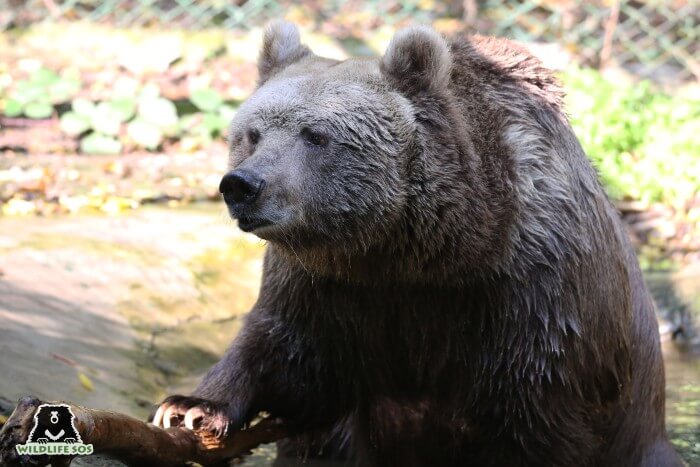
The survey was conducted between May and October 2021 utilizing field methodologies such as camera trapping and interviews of key stakeholders – locals, nomads, and army personnel. The Wildlife SOS research team even tracked animal footprints and scattering to gain an in-depth understanding of bear behavior. Extreme diligence was adapted while collecting data. For example, to avoid having double data, the team divided the study area into grids and fixed the camera traps accordingly.
To collect in-depth data, the team traversed a vast area in and around Sonamarg, including Zojila, Lashpathri, Minimarg, and the route to the famous Amarnath Shrine. Nestled amidst the Himalayas, Amarnath is a holy site for Hindus and witnesses a pilgrimage every year where tens of thousands of devotees come to receive blessings. Campsites set up by devotees on the way to the shrine have been attracting the Himalayan brown bear lured in by improperly disposed garbage. In 2018, Wildlife SOS rescued a Brown Bear cub from an Amarnath campsite in Panchtarni at 11,500 feet. The cub had become habituated to raiding garbage and, unfortunately, got its head stuck inside a dustbin and had to be rescued.
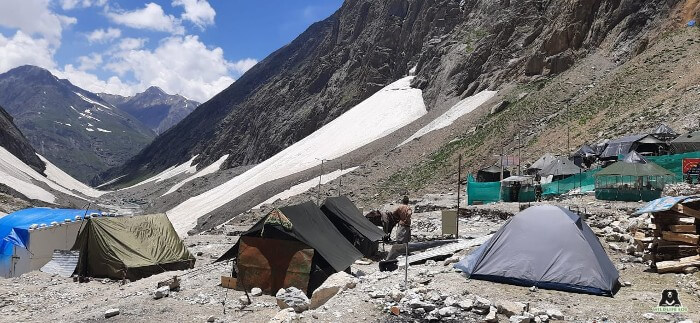
Our team decided to set up multiple camps on separate occasions along the route to the Amarnath shrine to evaluate this brown bear hotspot. The task was daunting as the shrine is located at 13,000 feet! On one occasion, the team received permission from the Amarnath Shrine Board to make the 18-kilometer journey to the shrine from Dumail, Kashmir, on foot. Navigating narrow pathways with no mobile networks, the team looked out for any signs of Himalayan brown bears such as paw marks. During their 2-3 day camps, the team battled harsh weather conditions and dropping oxygen levels that only worsened inside their temporary tent and during the nighttime.
The grit and determination shown by the team proved fruitful as the study yielded data on the brown bear that had previously never been collated. After months of evaluating various sites, the team’s camera traps revealed images of brown bears knee-deep in the garbage rather than the lush greenery they once fed on. The study revealed the various anthropogenic pressures impacting brown bears, such as the development of roads, tunnels, and improper garbage disposal that lures in bears. Once the findings of this survey are released, Wildlife SOS hopes tangible steps can be taken to protect the Himalayan brown bear.
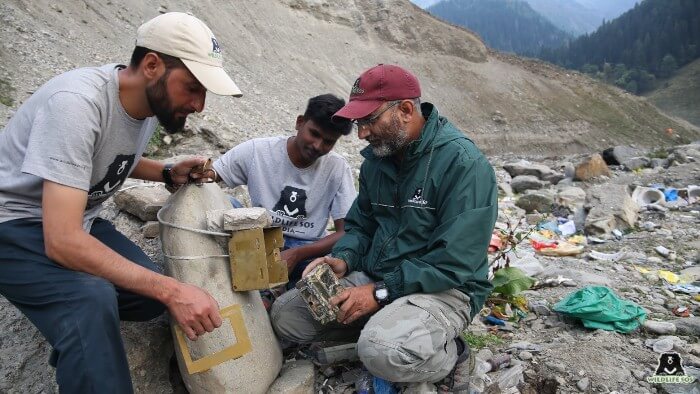
The Wildlife SOS team will keep you updated with the findings of this one-of-a-kind survey and take you along with us on our journey to preserve the Himalayan Brown Bear.

